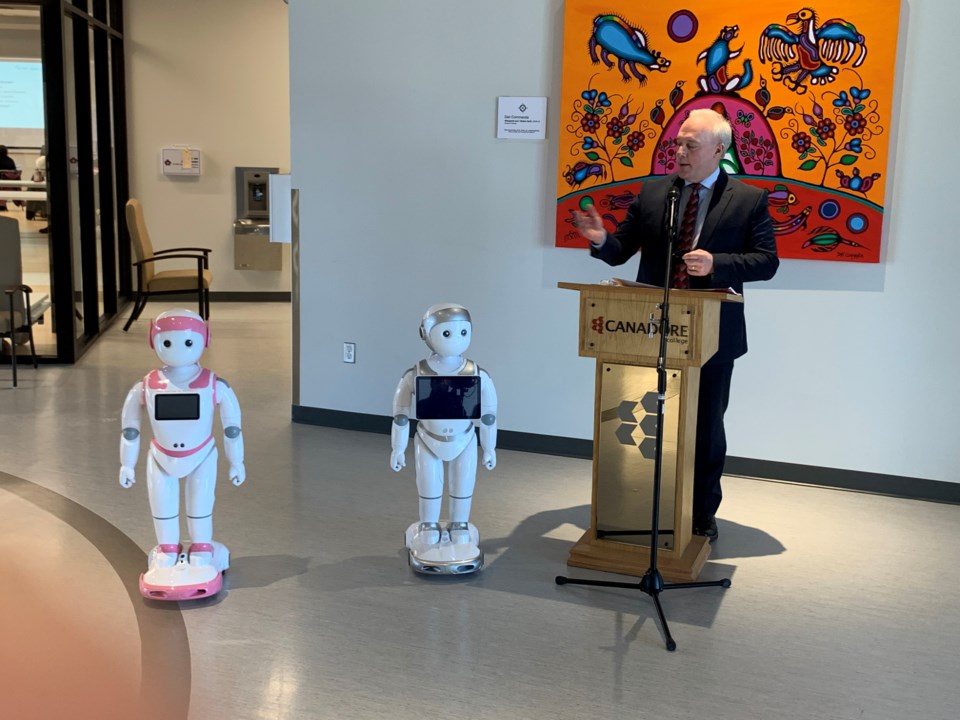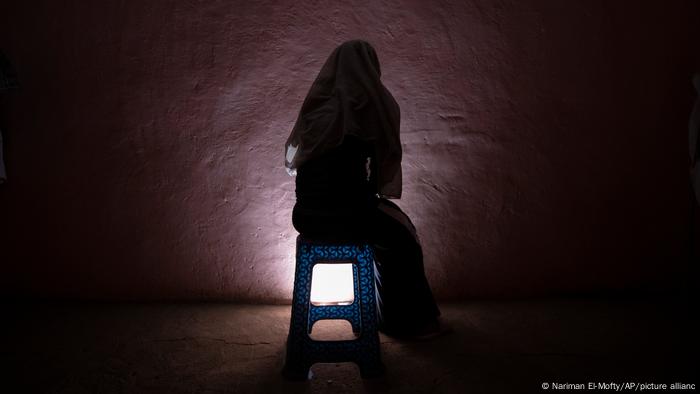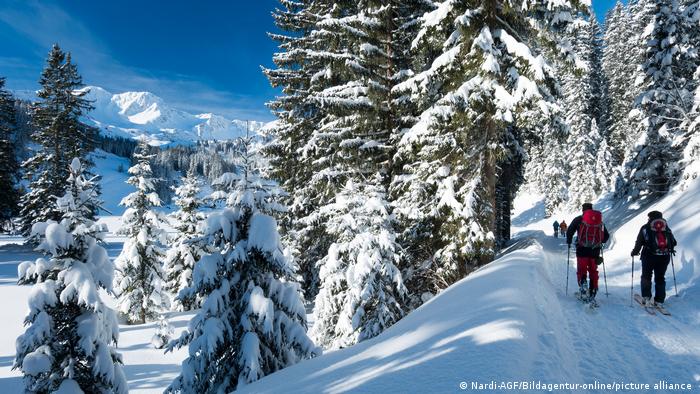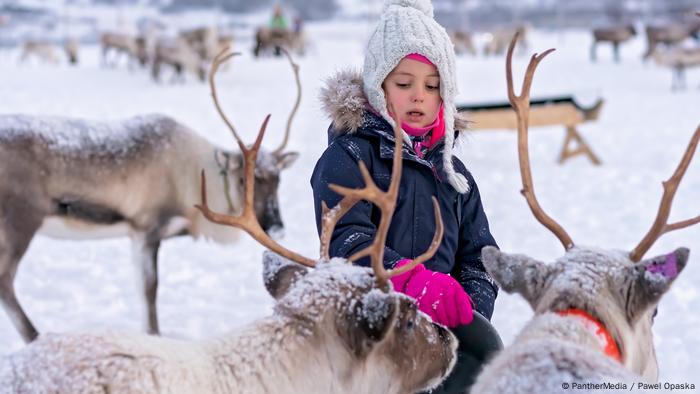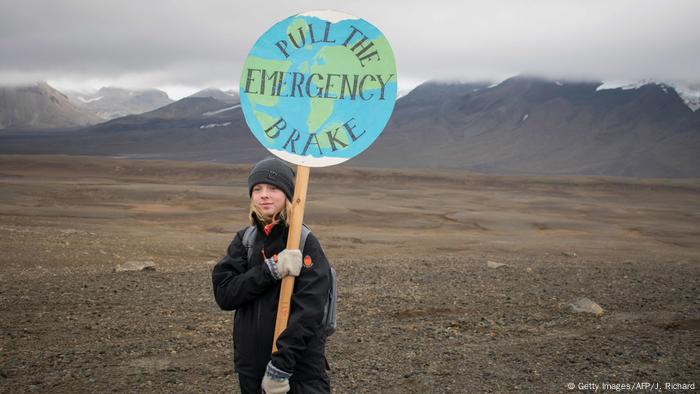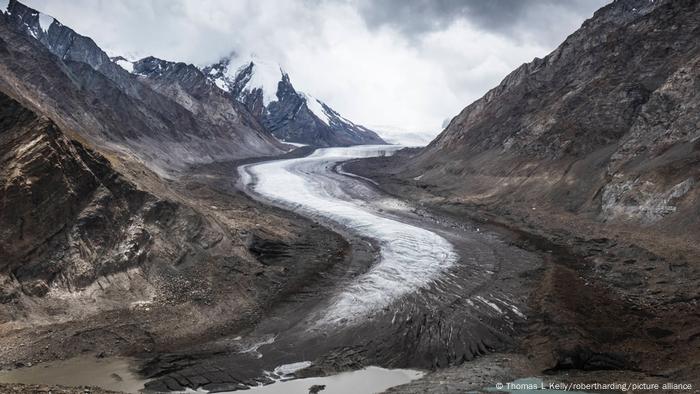Christopher Nardi -
National Post
OTTAWA – My Pillow CEO and staunch Donald Trump supporter Mike Lindell, as well as a truck full of “10,000 pillows,” were denied entry into Canada Tuesday evening while trying to join Ottawa Freedom Convoy protesters, National Post has learned.

© Provided by National Post
A senior government source said that Lindell, as well an accompanying videographer, were intercepted at the Port Huron-Sarnia border crossing on Tuesday evening as they were enroute to Ottawa to distribute “pillows and Bibles” to convoy protestors.
On the same day, a My Pillow truck carrying “over 10,000 pillows,” including 1,000 “Bible pillows” destined for the truckers’ children was also intercepted trying to cross the border through the Ambassador Bridge leading to Windsor, ON.
According to the senior government source, Lindell was turned back because he was not fully vaccinated and did not have a negative PCR test in hand.
The source said that truck was also denied entry into Canada because the U.S. trucker did not have a valid pre-arrival PCR test.

A truck filled with 10,000 My Pillows progress towards Canada was documented by Right Side Broadcasting Network (RBSN), an American right-wing media company
National Post granted the source anonymity because they were not authorized to discuss this issue publicly.
Canada Border Services Agency (CBSA) caught wind of the prominent Trump supporter and U.S. election fraud conspiracy theorist through social media posts just before his arrival, the source noted.
Current Canadian border rules demand that foreign visitors have at least two COVID-19 vaccine doses and show a negative molecular COVID-19 test result taken within 72 hours of arrival in Canada in order to enter the country.
Lindell is a staunch supporter of former Republican U.S. president Donald Trump and a prolific advocate of conspiracy theories claiming that the last U.S. election was “stolen” in favour of Democratic President Joe Biden.
He has repeated false claims that voting machine company Dominion Voting Systems rigged the election for Biden and that Trump should be reinstated as president.
In a video posted on his Facebook page Tuesday, Lindell described the Canadian trucker protests as “so important” and claimed that they were the reason provinces such as Ontario had begun lifting COVID-19 public health restrictions.
“They can’t stop because they’ve got to completely get their freedoms back,” he said.
Conspiracy theories have devastating impact on Canadian-founded Dominion Voting firm and its employees: CEO
The source says Lindell is one of “dozens” of Americans who have been turned away at the border under current COVID-19 rules while trying to join trucker convoys across the country.
My Pillow did not immediately respond to requests for comment or explain the quantity of pillows, which vastly outnumbers any estimate of the number of protesters in Ottawa.
In a video posted online Tuesday evening, Lindell is seen ranting against Canadian border officials after the truck was turned away.
“We’ve been on we’ve been trying to get my trucks into Canada… we’ve been trying to get to Ottawa,” Lindell said in a video posted to his media website Frank.
“(The trucker) has been waiting on this permit that they made up out of the blue, this new permit thing,” he said.
The truck’s progress towards Canada was documented by Right Side Broadcasting Network (RBSN) , an American right-wing media company.
But their work was abruptly interrupted when they were also stopped and detained while trying to cross the Ambassador Bridge, RBSN said in a statement on social media.
“RBSN’s film crew was temporarily detained at the Canadian border on Tuesday evening and was released shortly thereafter,” reads the statement.
“RBSN had hoped to continue coverage of My Pillow’s pillow distribution to the Freedom Convoy of truckers,” reads the statement. “However, they were denied entry to Canada due to Covid-19 protocols and returned to the United States.”
In an interview with CBC, Lindell denied he was blocked at the border. CBC also said they had government sources confirming he was there.
A spokesperson for CBSA neither confirmed nor denied that it had stopped Lindell at the border, citing privacy legislation.
“What I can tell you is that all travellers seeking entry to Canada are subject to strict screening measures by CBSA border services officers to ensure travellers are eligible to enter the country and understand their public health obligations,” senior spokesperson Patrick Mahaffy said in an email.
“All foreign nationals, including U.S. citizens, must meet all entry requirements as set out in the Orders in Council related to COVID-19, before being authorized to enter Canada,” he added.




